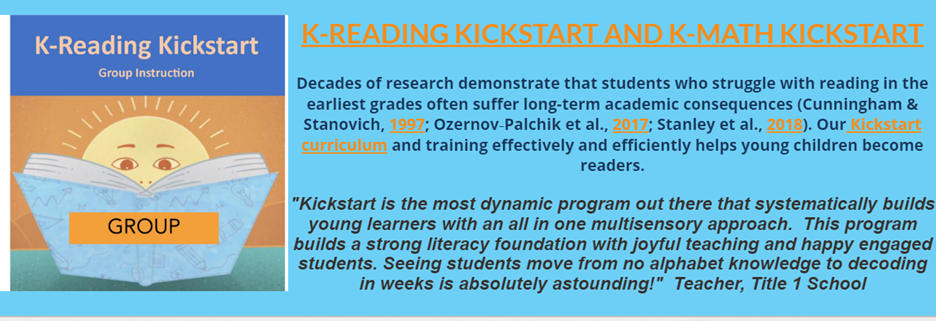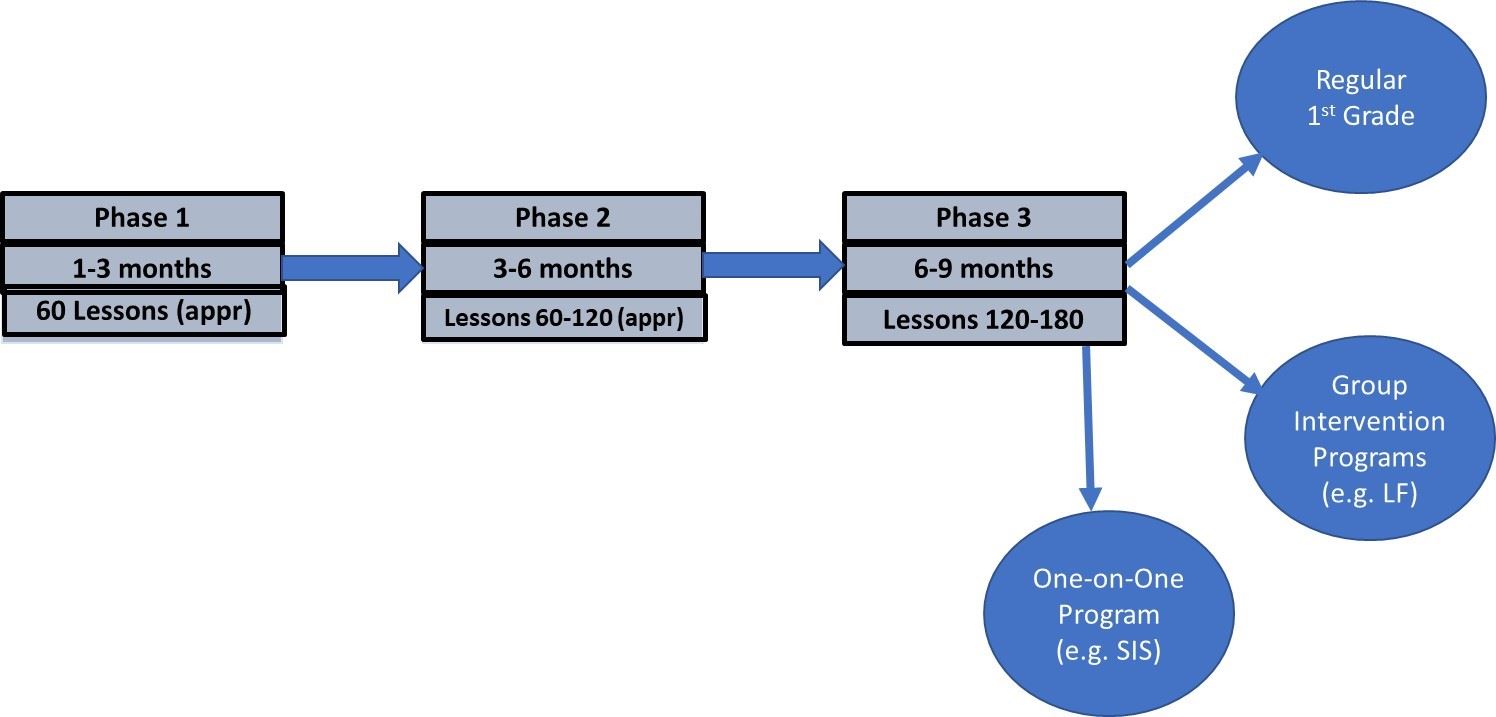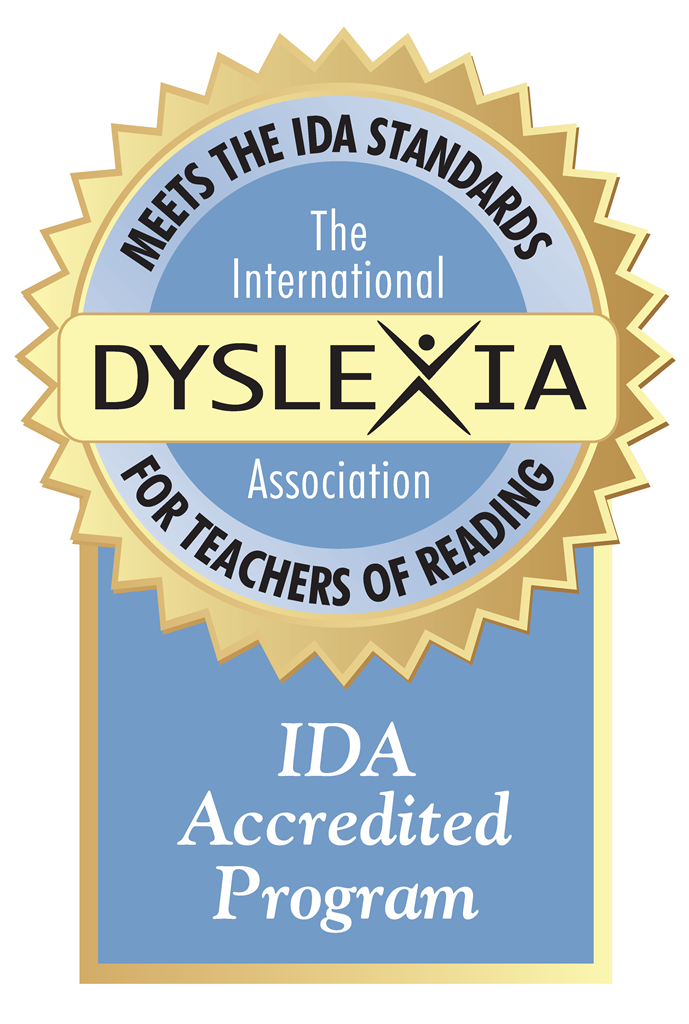
K-Reading Kickstart AND k-math kickstart
Early Screening and Intervention in Literacy and Numeracy
NEXT WORKSHOP: Contact us at questions@asdec.org
Kickstart Instructor, Mona Iyer, AMS, CDT, CALT will deliver a 3-day training course on Kickstart reading and Math. Teachers will learn the diagnostic and prescriptive approach designed to teach struggling learners to master foundational skills essential for fluency and comprehension.
schedule a visit to observe our work
Evidence –Classroom-Based Reading Instruction Proven to Identify and Remediate Reading Deficits for emerging readers.
Developed by Mona Iyer, an early childhood educator and Montessori specialist for over 25 years, K-Reading Kickstart integrates Orton-Gillingham methods and Montessori techniques.
The objective of Kickstart (K-Reading and Numeracy) is to provide a strong foundation in reading, writing and comprehension to young learners, and moreover, identify learners with reading difficulties and other comprehension issues. Kickstart enhances reading skills by identifying different learning paths for groups with different learning abilities.
Phonological awareness is the key predictor of reading in young children. Research shows that concrete phonological skills develop strong reading skills. Phonological awareness is a broad term that incorporates several skills. It is the ability to hear and manipulate the sound structure within words, i.e. recognize that language is made up of words, syllables, rhymes, and sounds (phonemes). This knowledge occurs in oral language initially. It is a critical aspect of early literacy development and is linked to the attainment of reading, comprehension, and spelling. According to National Research Council (Snow, Burns, & Griffin, 1998) and National Reading Panel (NICHD, 2000) the critical components for teaching young children to read are:
- · Phonological awareness;
- · Phonics;
- · Vocabulary development;
- · Reading fluency, including oral reading skills;
- · Reading comprehension strategies.
Multisensory Structured Language Education (MSLE) and Montessori techniques can work together to enhance beginning reading skills in preschool and kindergarten children. Since the Montessori method is systematic and multisensory, it blends well with MSLE to provide optimal results for early literacy development. The educational methodology and learning modules using such a blended approach for reading and literacy development among young learners is presented here as a one-year program.
Kickstart is designed as a one-year program for emerging readers (preK/K) in a classroom setting, to be run by one teacher and one or more assistants. Assessment tools enable the teacher to group students according to reading ability. These tools also enable early identification of those students with more profound reading deficits who may require more specialized outside intervention. Kickstart also presents modules that address potential learning issues using a staggered approach enabling repetition of foundational aspects (re-teaching) by creating sub-groups.
Figure 1 provides an overview of how the program works.

This program offers a ‘prescriptive’ approach to reading and writing i.e. when a lesson is taught, the curriculum allows grouping of students according to their abilities and progress, and provides time to repeat lessons as required. This helps student groups to move at a pace that is appropriate for them. For example, a student may require individual attention or additional group time to learn a concept. However, issues like dyslexia or dysgraphia may have to be addressed outside the program through specialized interventions.
NUMERACY
Kickstart lays the foundation for basic math concepts in Pre k and K (Kindergarten) children. In addition, this training provides insight into multisensory activities using manipulatives, songs, finger plays, games, worksheets, sequencing, comparing, sorting, classifying, prediction, spatial sense, time, and measurement that could enhance math learning. The scope and sequence is available upon request.

